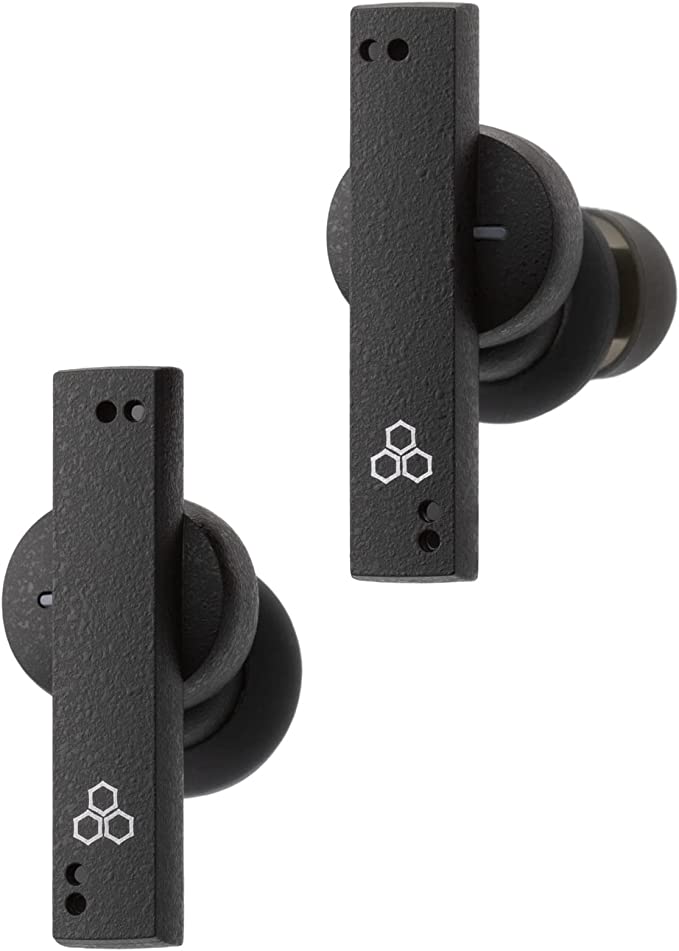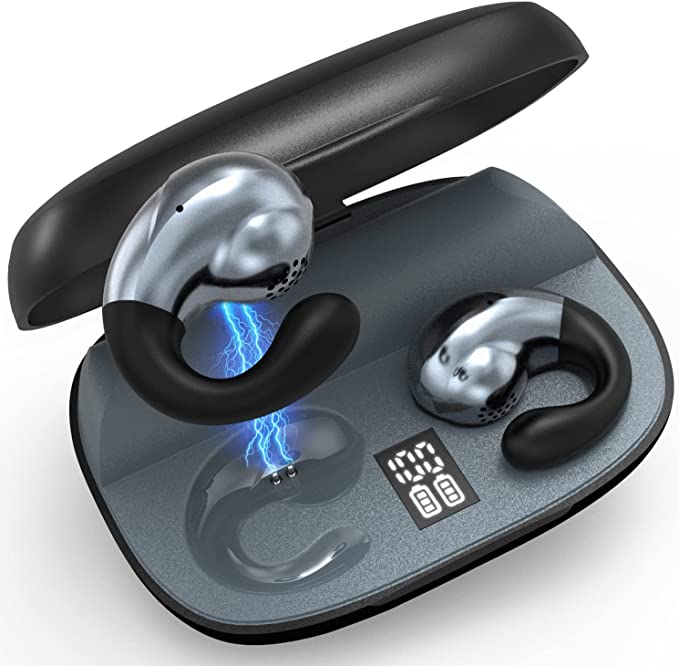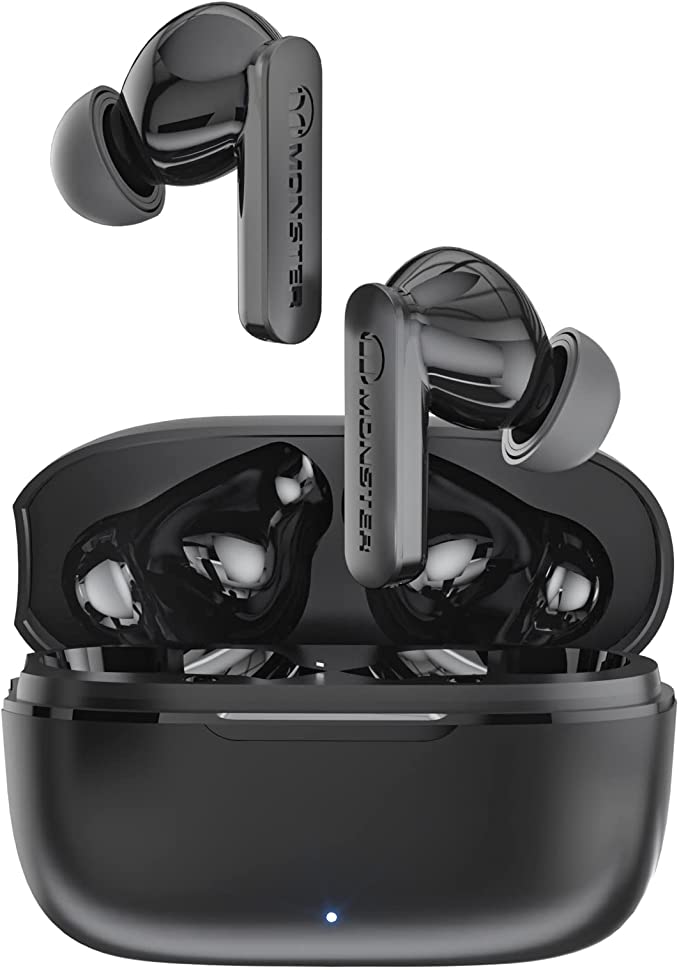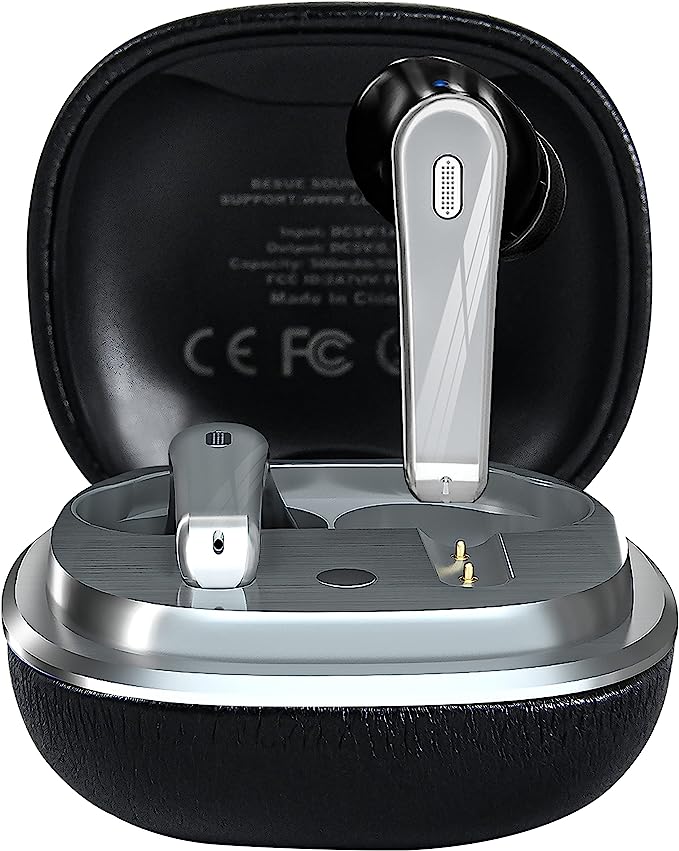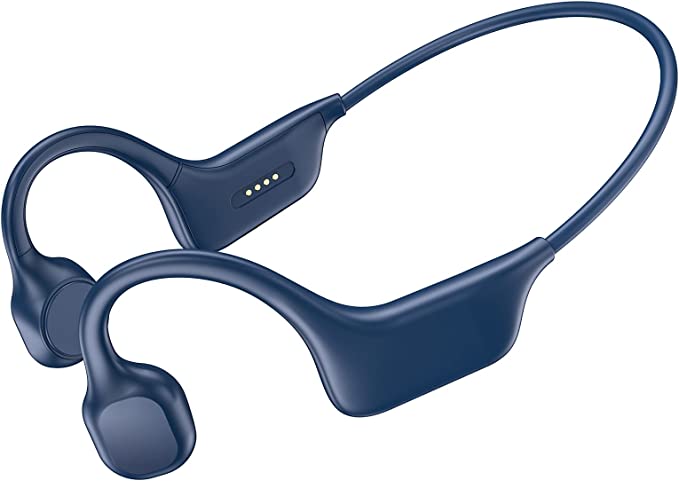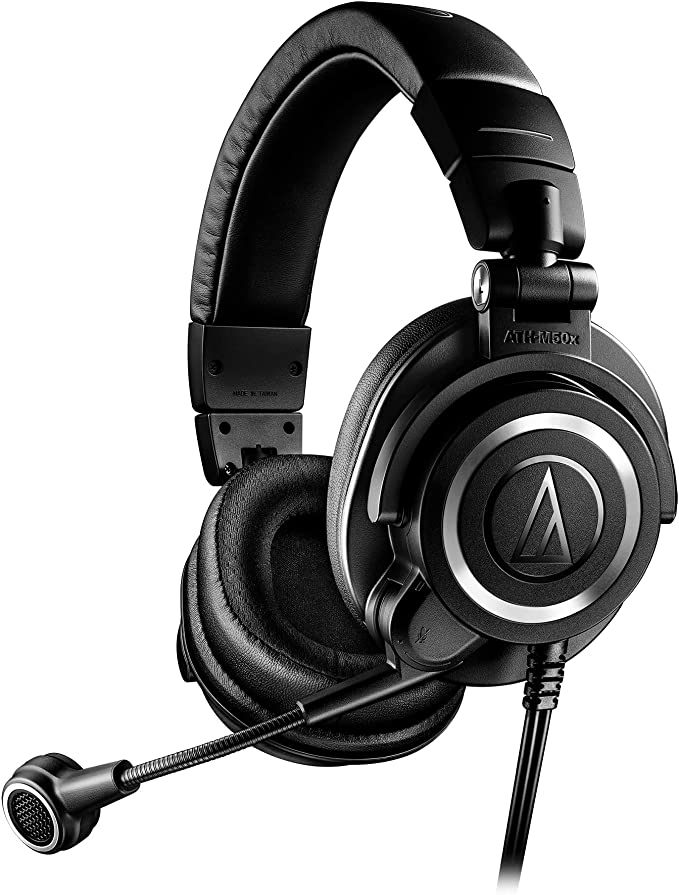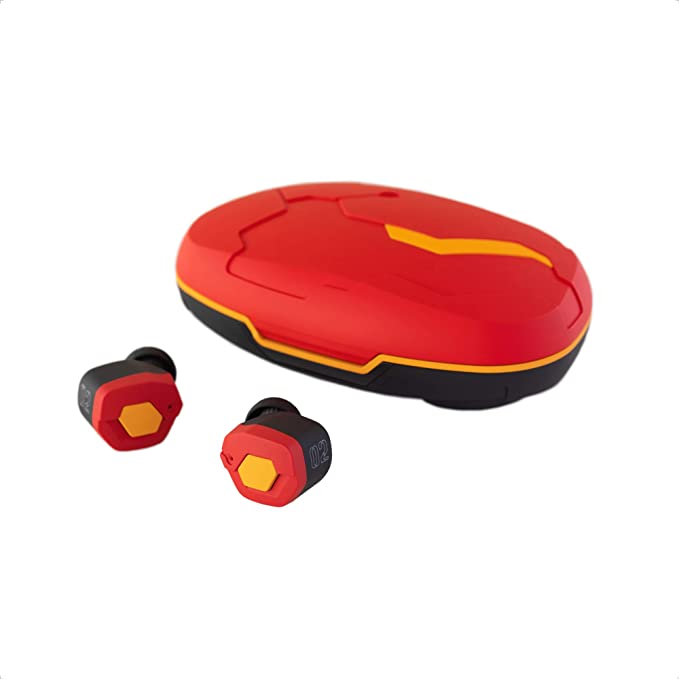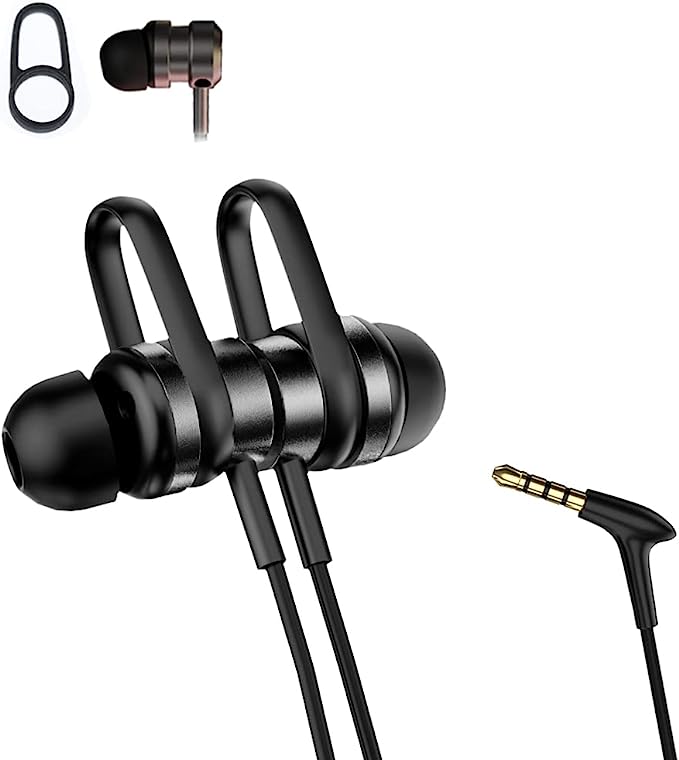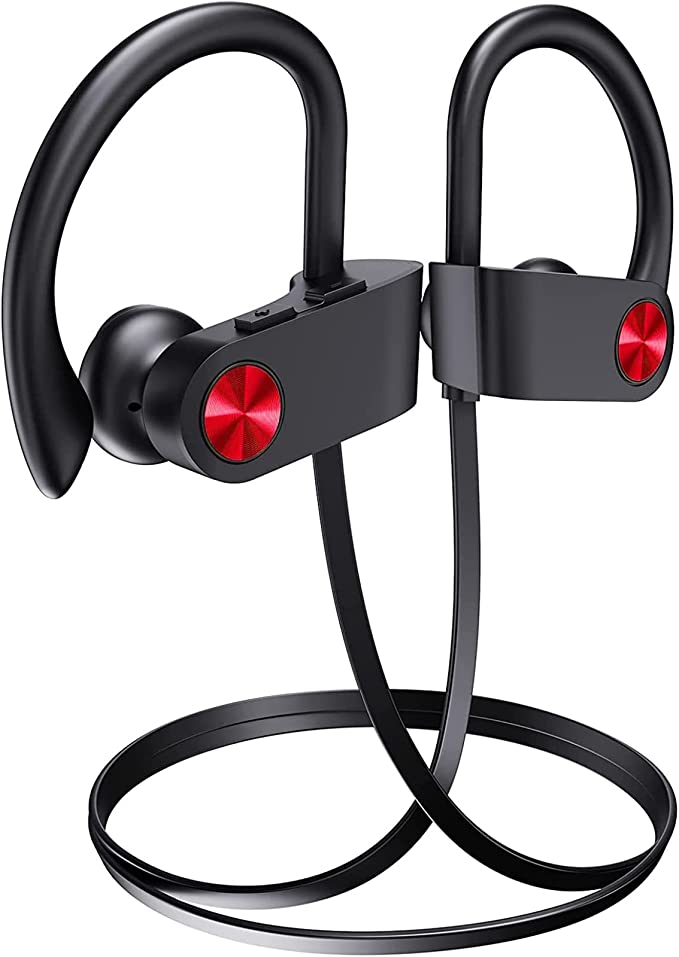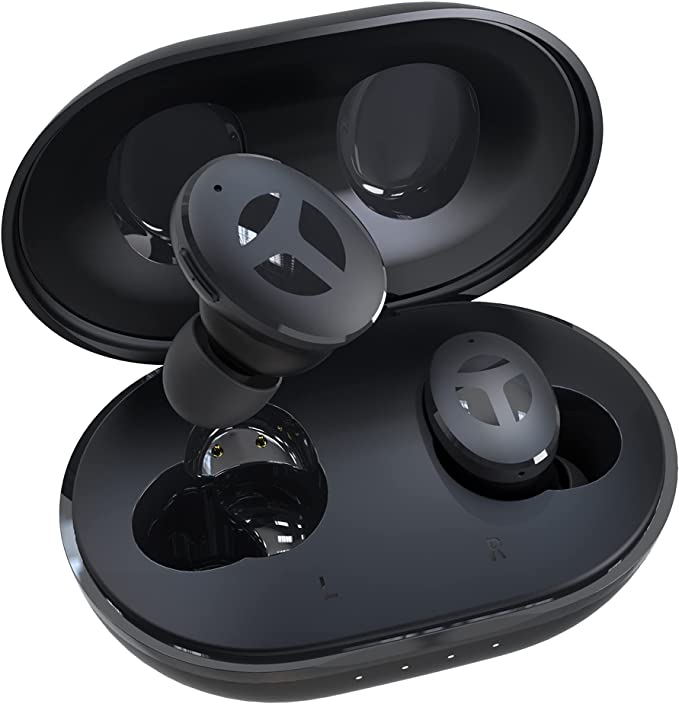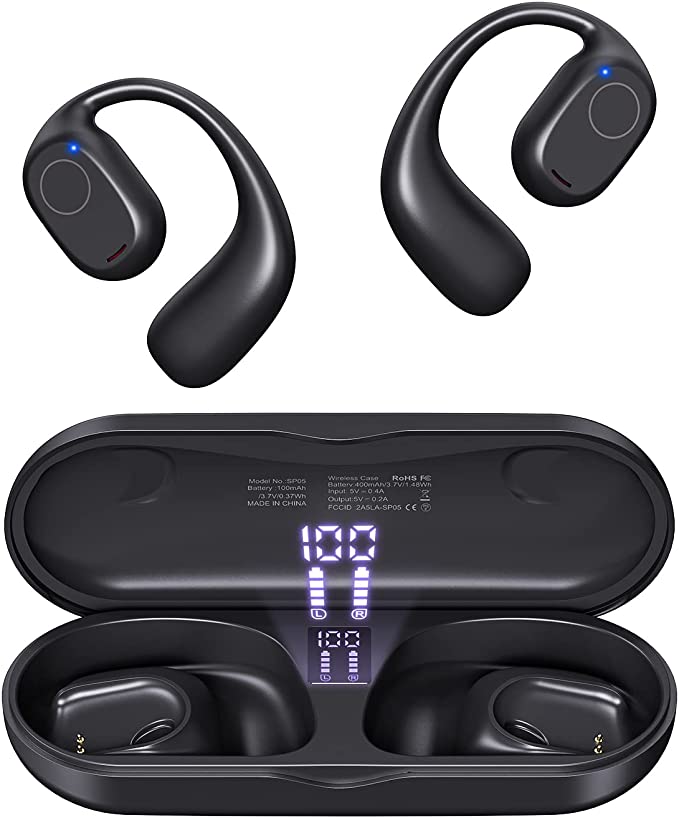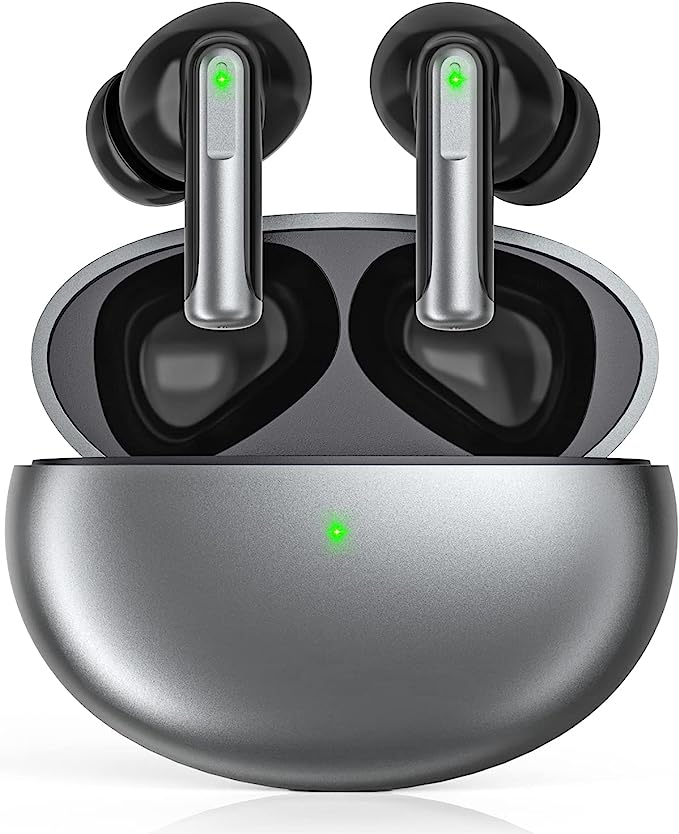MOOER Autuner MVP1: Understanding Pitch Correction & Vocal Effects
Update on Aug. 25, 2025, 10:28 a.m.
In the modern musician’s toolkit, power is often measured in inverse proportion to size. We live in an age where a device that fits on a crowded pedalboard can house decades of audio engineering history and computational prowess. But to truly master these tools, we must look past the footswitches and marketing copy. We must become pilgrims, tracing the journey of a single, invisible sound wave as it travels through the silicon heart of a device like the MOOER Autuner MVP1. This is not a review; it is an expedition into the signal chain.
Our journey begins not with a sound, but with silence, and the potential for one.

The Gates of Entry: Preamps, Power, and Purity
Before any digital magic can happen, a fragile analog signal must be captured cleanly. The MVP1 offers two distinct gateways, each engineered for a specific traveler. For the voice, the professional standard XLR input stands ready. Its three-pin configuration is a testament to a clever piece of engineering called Balanced Audio. In this system, the audio signal is sent down two wires simultaneously, with one being an exact phase-inverted copy of the other. As the cable picks up inevitable environmental noise (from stage lights or power cables), that noise is introduced to both wires equally. At the input, the inverted signal is flipped back and combined with the original. The identical noise, now out of phase with itself, cancels out, leaving a remarkably clean signal. This elegant principle of common-mode rejection is the bedrock of professional audio.
For many of the condenser microphones that plug into this jack, there’s a need for external power. Here, the MVP1 provides +48V Phantom Power, a technology pioneered by Georg Neumann in the 1960s to power the new generation of solid-state microphones. It’s dubbed “phantom” because the DC voltage travels invisibly along the same balanced audio lines that carry the signal, a brilliant solution that eliminated the need for bulky, separate power supplies.
The second gateway is for the guitarist. The 1/4-inch instrument input features a specification of paramount importance: a 1-million-ohm (1MΩ) input impedance. To understand why this number matters, think of the weak signal from a guitar’s passive pickup as a small stream of water. Forcing it through a narrow pipe (a low-impedance input) chokes the flow, losing pressure and clarity. A high-impedance (High-Z) input is a wide-open pipe, allowing the entire signal, with all its delicate high-frequency sparkle, to pass through unhindered. It’s the difference between a tone that is full and articulate, and one that is dull and lifeless.
Once through these gates, our analog sound wave reaches its point of no return: the Analog-to-Digital Converter (ADC). Here, it is sampled thousands of times per second and transformed into a stream of binary code. Its journey in the physical world is over; its life as pure data has begun.

The Heart of the Machine: The Art of Digital Correction
Now inside the Digital Signal Processor (DSP), our vocal signal is subjected to intense scrutiny. The first order of business is pitch. The processor’s pitch detection algorithm must perform a remarkable feat: listening to the complex waveform of the human voice—rich with harmonics and overtones—and identifying its one true fundamental frequency. It’s a process of sophisticated pattern recognition, likely based on autocorrelation principles, where the algorithm essentially compares the waveform against itself at different time offsets to find the repeating pattern that defines its pitch.
Once a deviation from the nearest semitone is detected, sonic microsurgery begins. The goal of modern pitch shifting, likely employing a variant of the Pitch-Synchronous Overlap-Add (PSOLA) technique, is surgical precision. The algorithm slices the digital audio into tiny “grains,” each only a few milliseconds long. To raise the pitch, it slightly overlaps these grains, effectively playing them back faster without altering the overall duration. To lower the pitch, it inserts minuscule gaps. The “Correction” knob on the pedal dictates the speed and intensity of this surgery. Set low, it’s a gentle, imperceptible guide. Cranked high, the process becomes so aggressive that it can erase the natural pitch variations (vibrato), creating the famously rigid, robotic vocal sound.
Beyond mere correction, a dedicated function can push the signal into the realm of a Vocal Synthesizer. This likely involves manipulating not just the pitch, but the voice’s formants—the resonant frequency peaks that define vowel sounds. By shifting these formants independently of the pitch, the processor can alter the perceived character of the vocal tract, transforming a human voice into something distinctly synthetic.

Painting the Canvas: Crafting Ambiance with DSP
A perfectly tuned voice in a void is unsettling. It needs a space to exist. The MVP1’s DSP is also an architect, building virtual rooms with mathematics. Modern algorithmic reverb is a direct descendant of pioneering work by engineers like Manfred Schroeder at Bell Labs. These algorithms use a complex network of digital delays and filters to simulate the thousands of echoes (from early reflections that define a room’s size to the diffuse reverb tail that gives it character) that create the sound of an acoustic space. It’s a far cry from the first studio reverbs, like the 600-pound EMT 140 plate, but it aims to achieve the same goal: adding a sense of place and polish.
The pedal also offers a more structured echo: digital delay. This effect has its roots in the playful experiments of Les Paul in the 1950s, who used multiple tape machines to create “sound on sound” recordings. The MVP1’s delay is a clean, digital descendant, recording the incoming signal to a memory buffer and playing it back moments later. Its most crucial feature, however, is Tap Tempo. This function is a triumph of user-centric design, bridging the gap between machine precision and human rhythm. By tapping the footswitch to the beat of the song, the musician tells the processor the exact interval for the repeats, syncing the effect perfectly without ever touching a calculator.
The Great Divergence: Routing, Power, and Practical Realities
After its transformation, our signal is ready to re-enter the analog world. The MVP1’s design acknowledges that in a real-world performance, not all signals should end up in the same place. The Individual Output mode is a critical professional feature. It allows the processed vocal signal to exit via the balanced XLR output, destined for the main mixing console, while the guitar’s signal—now with its own, independent reverb—exits the 1/4-inch output, ready for a dedicated guitar amplifier. This separation is fundamental to achieving a clear and powerful live sound or recording.
However, all this heavy computational lifting comes at a cost: energy. A glance at the specifications reveals a current draw of 1.5 Amps (1500mA). This is a crucial detail. A standard guitar pedal might draw less than 100mA; even a power-hungry digital delay often stays below 500mA. This exceptionally high requirement means the MVP1 cannot be powered by a standard daisy-chain or a small power brick. An underpowered pedal will fail to boot or behave erratically, a likely technical explanation for some user reports of non-functioning units. This isn’t a flaw, but a design trade-off: immense processing power demands commensurate electrical power.
Finally, we must acknowledge the ghost that haunts all digital audio: latency. The round-trip journey—from ADC to DSP processing to the final Digital-to-Analog Conversion (DAC)—is not instantaneous. While imperceptible in a studio context, for a live singer relying on in-ear monitors, a latency of more than 10-15 milliseconds can create a disconcerting, disconnected feeling that can hinder performance. The effectiveness of any real-time processor hinges on keeping this delay to an absolute minimum.
As our signal wave, now corrected, shaped, and placed in a virtual space, emerges from the output jack, its journey is complete. The MOOER Autuner MVP1, like any complex tool, is a landscape of brilliant solutions and necessary compromises. By understanding the path of the signal through its heart, we move beyond being mere users and become informed collaborators. We learn that true mastery of our tools is found not in the manual, but in the appreciation of the long, intricate journey the sound takes on our behalf.
